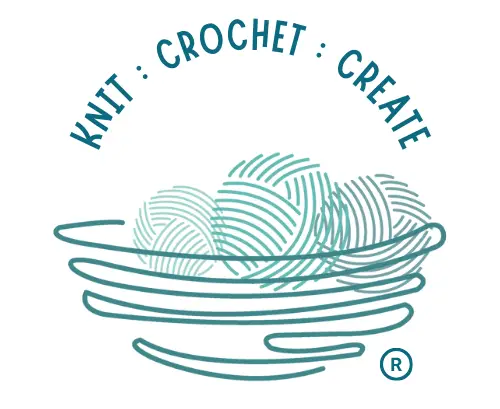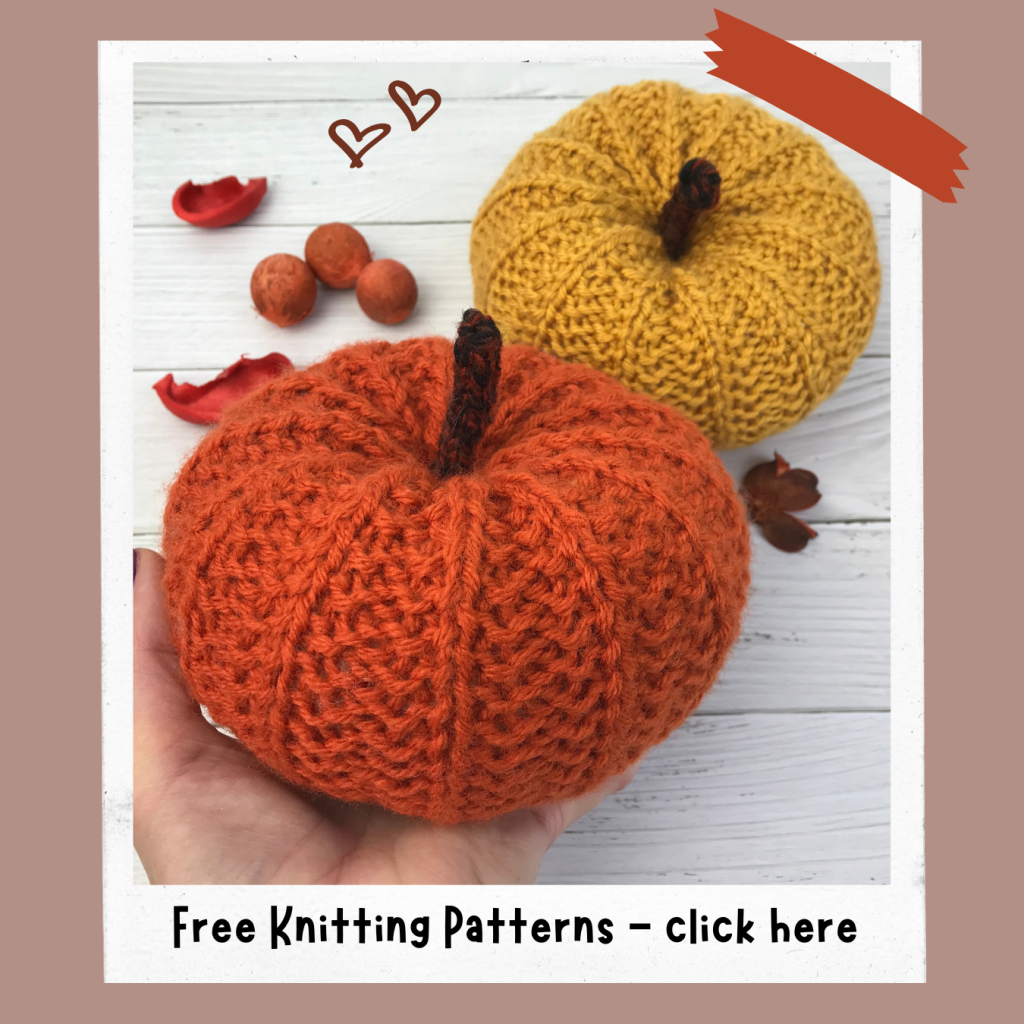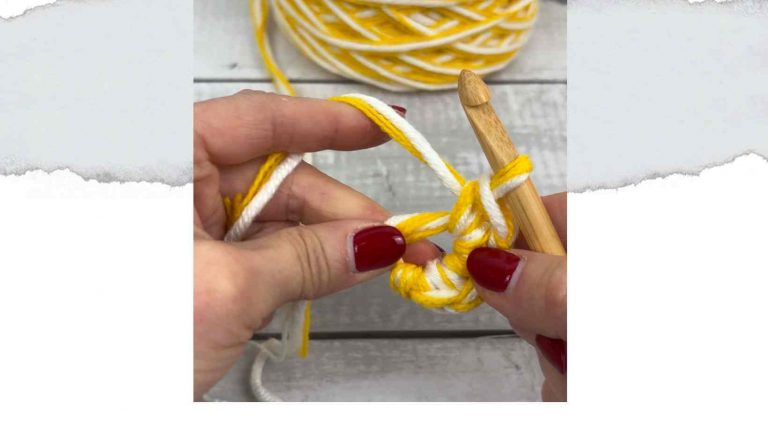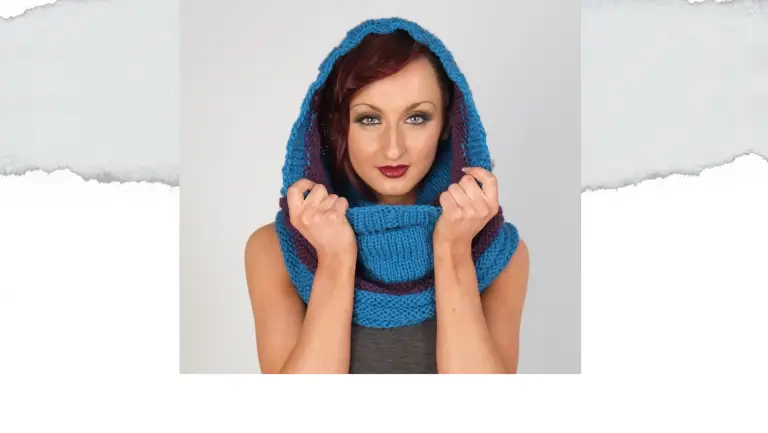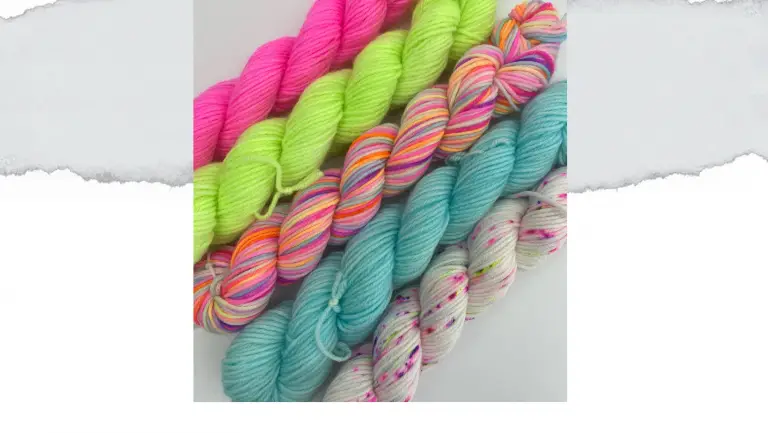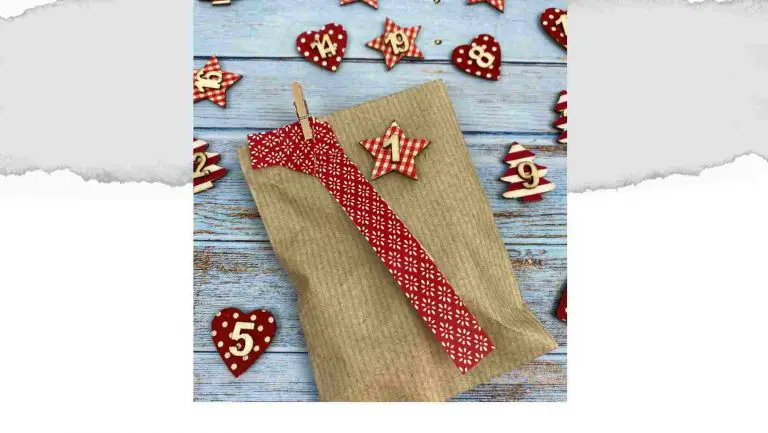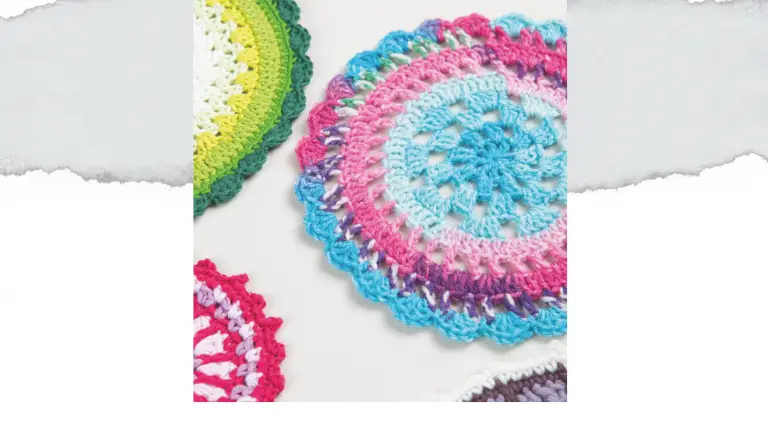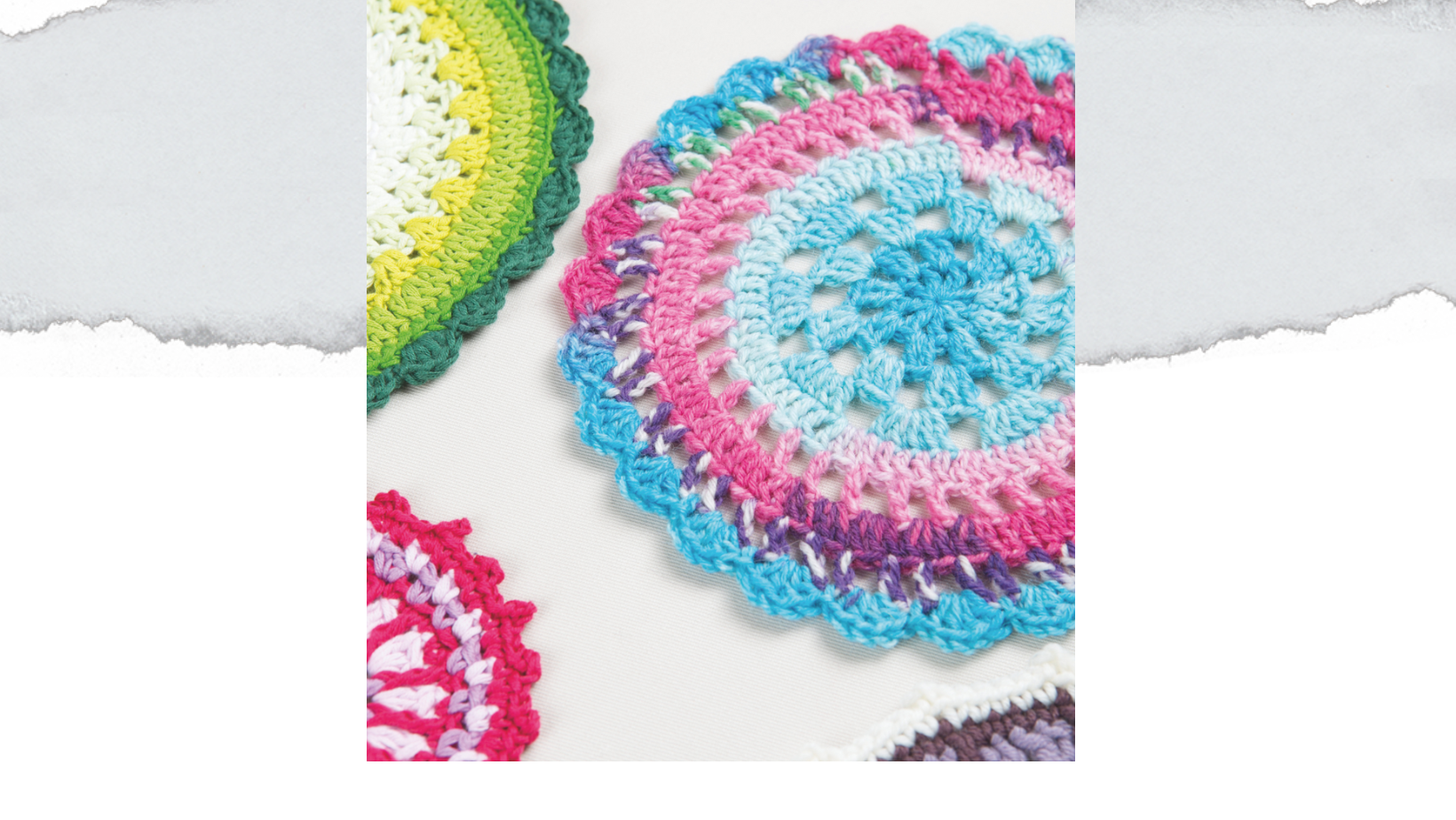How to knit a square for beginners
How to knit a Square is one of the most commonly searched-for phrases on Google. So to help you with the answer I have created this step-by-step post so that you can knit a square with any yarn.
Like many things with knitting and crochet, there are lots of answers to this simple question, but by starting at the very beginning, we can unravel the mystery of how to knit a simple square.
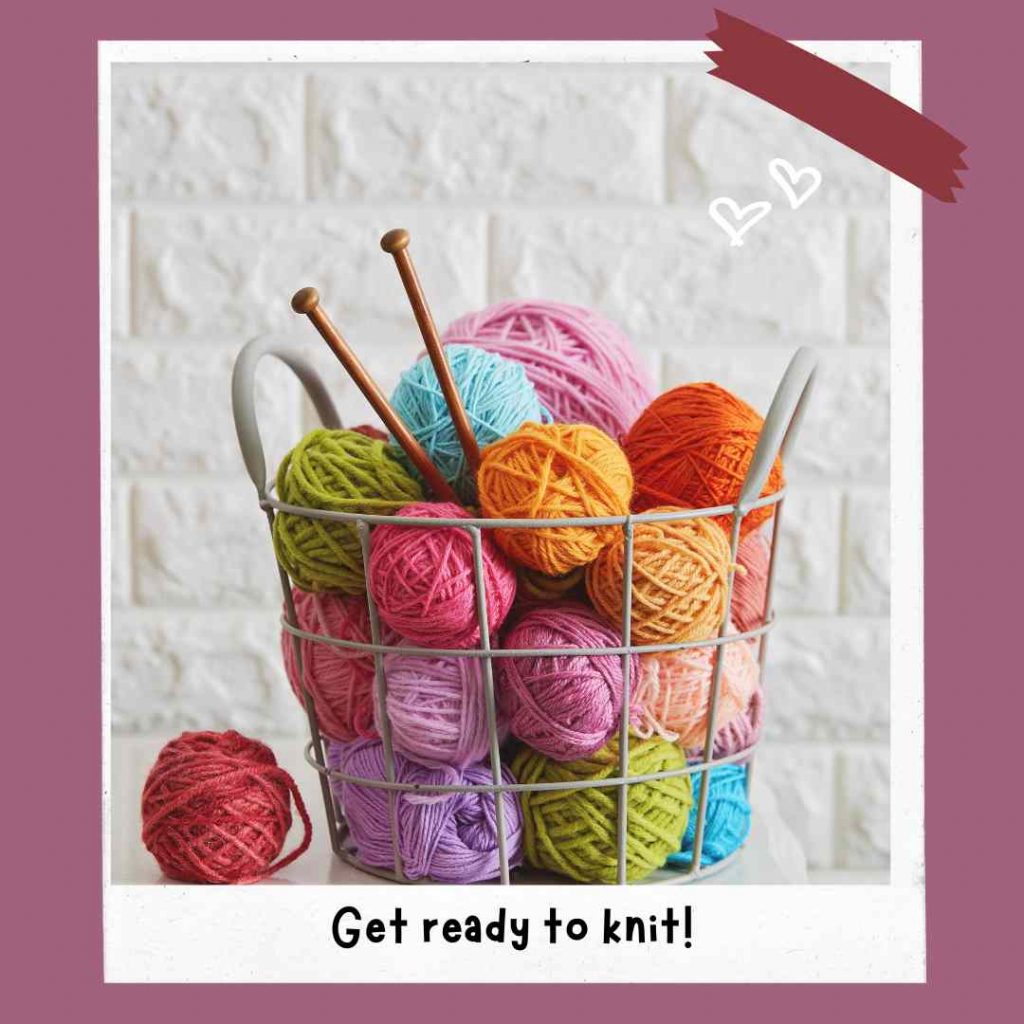
HOW MANY STITCHES DO I NEED TO CAST ON FOR A KNITTED SQUARE?
This will depend on how large or small you would like your square to be, and to help you make a start I have listed the steps below so that you can knit a 10 x 10cm (4 x 4in) square, regardless of the thickness of your yarn or the size of your knitting needles.
First, we will look at the ball band or yarn band information as a starting point.
To do this you will need a ball of yarn, together with its yarn band or ball band. You need the yarn band (or ball band) because it contains all the information you need.
- Step 1. Take a look at your yarn band. This is the piece of card or paper that is wrapped around your ball of yarn.
- Step 2. Find the little square grid that tells you how many stitches and rows you need to knit in stocking stitch, to create a 10 x 10cm (4 x 4in) square). This is called the tension (or gauge) and it relates to the size of the knitted stitches.
- Step 3. Look underneath or next to the grid to find out what size of knitting needles you need.
The image below shows the yarn band for double knitting weight yarn (light worsted weight). You can see the grid which shows 22 sts along the bottom of the grid, and 28 rows up the side.
Therefore, you would cast on 22 sts and work 28 rows in stocking stitch to create a 10 x 10cm (4 x 4in) square.
Things to Note
Note that everyone's tension is slightly different so your square may not measure exactly 10 x 10cm, but don't worry too much about this for the moment. I will cover this is a separate post
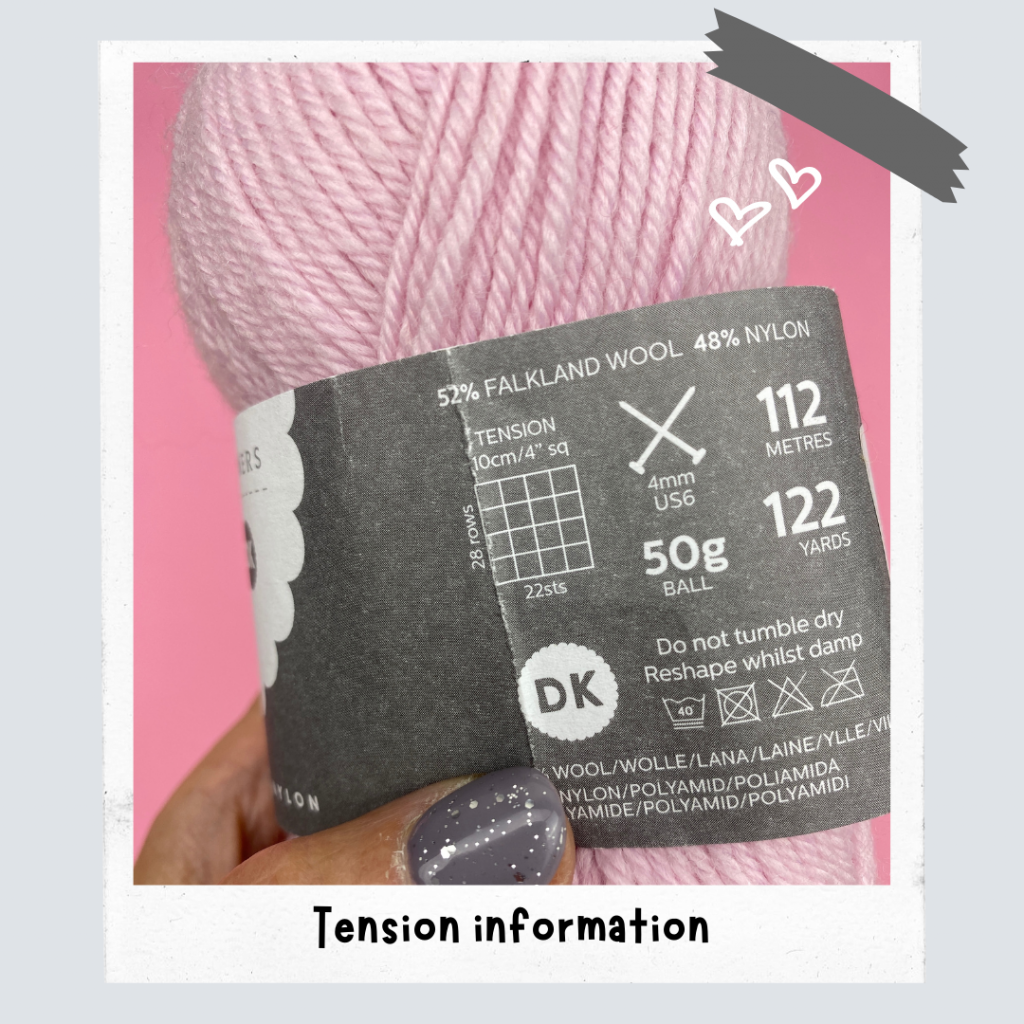
Even though it doesn't say so, the industry standards for the tension information found on a ball band is always in stocking stitch.
For stocking stitch you knit all the stitches on the first row (which is the right side row) and then you purl all the stitches on the next row (which is the wrong side row).
With the ball band information, you can therefore take the correct size of knitting needles and cast on the stitches as stated, and then work in stocking stitch for the number of rows as stated, to make a 10 x 10cm (4in) square.
COMMON STITCH TENSIONS/GAUGE FOR A 10 x 10cm SQUARE
If you don't have a ball or yarn band handy, here is a quick reference guide to standard stitch tensions.
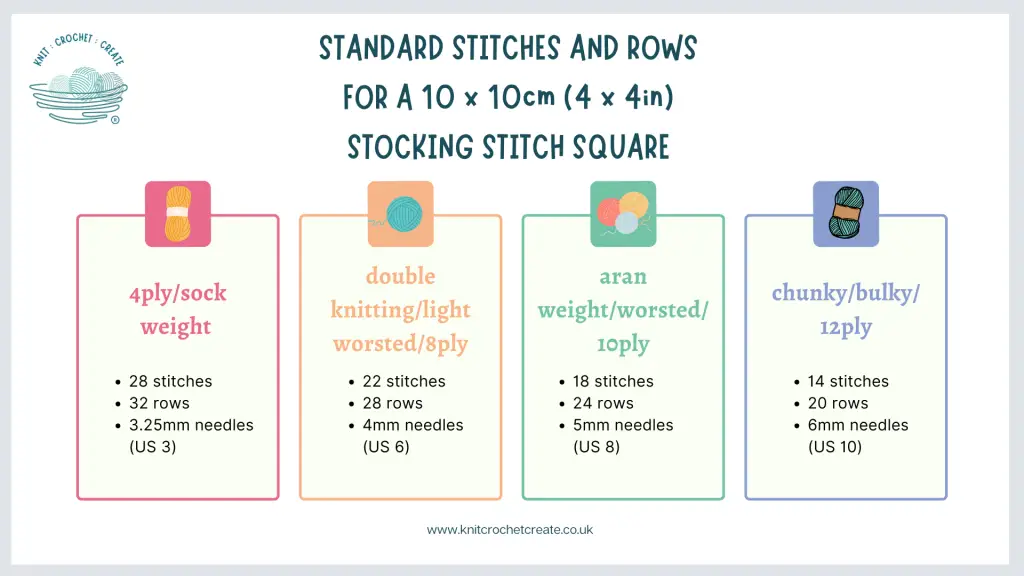
How to knit a larger square
You can now decide if you want to knit a 10 x 10cm (4 x 4in) square as in the steps above, or whether you would like to knit a larger square, for example a 15 x 15cm (6in) square.
If you want to knit a larger square, use the following method for working out your stitches and rows:
- Step 1: First, take the number of stitches and rows given in the tension information and divide each one by 10, by simply moving the decimal point one place to the left. This will give you the number of stitches and rows per cm.
For example with double knitting yarn, this would give a cm tension of 2.2 stitches and 2.8 rows per cm. This means that to knit a square of 1cm, you need 2.2 stitches and 2.8 rows.
- Step 2: Decide how big you want your square to be. We will use 15 x 15cm as a guide.
- Step 3: Take the cm tension from Step 1, and multiply this by 15. For our double knitting example, for the stitches this will be 2.2 stitches x 15 = 33 stitches.
For the rows, this will be 2.8 x 15 = 42 rows.
Therefore, casting on 33 stitches and knitting 42 rows in stocking stitch will create a 15 x 15cm (6 x 6in) square.
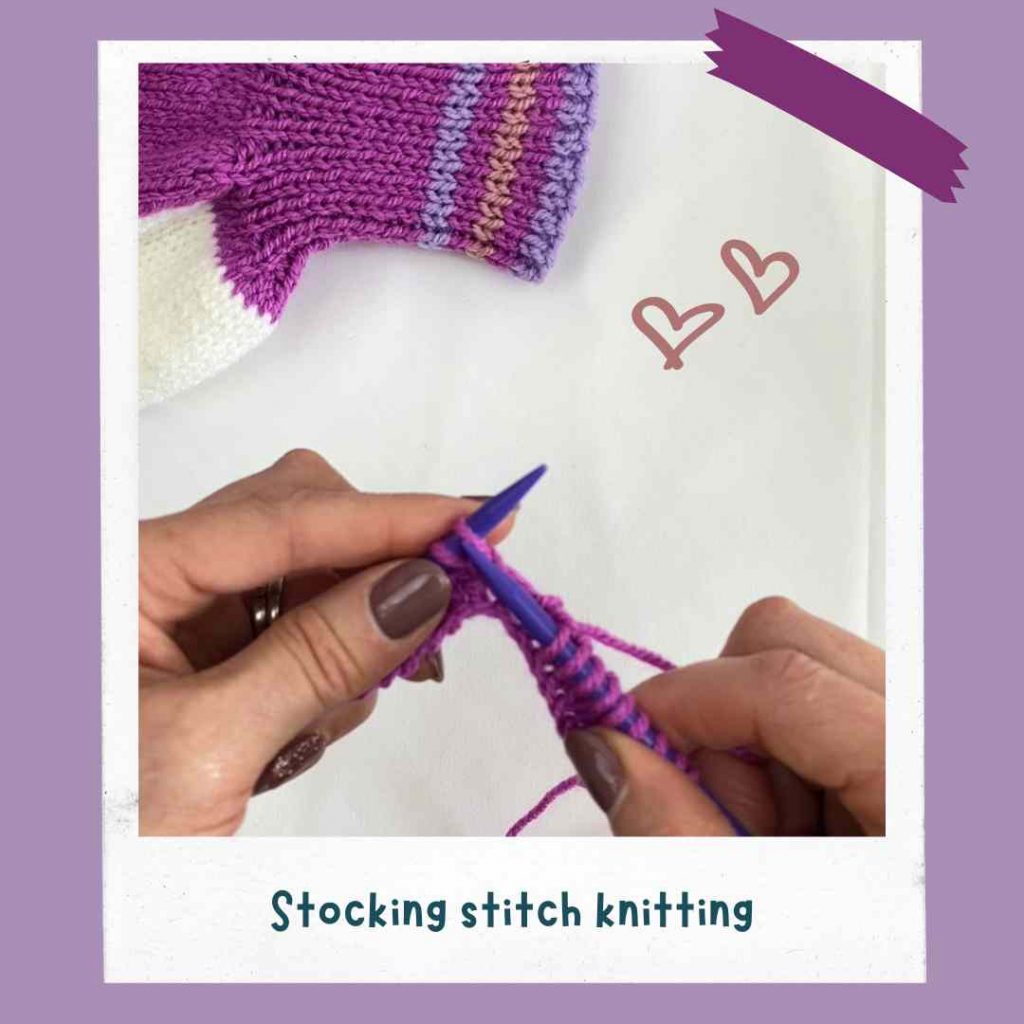
LET'S STARTING KNITTING
Now you know how many stitches you need to cast on. Now you can choose your preferred casting-on method to cast these onto one needle.
For a 15 x 15cm (6 x 6in) square with double knitting yarn, use 4mm needles. Cast on 33 stitches.
Row 1 (right side): Knit all stitches.
Row 2 (wrong side): Purl all stitches.
Repeat these two rows until you have worked 42 rows in total, or until you have a square.
Then you can cast off. And there you have it - a perfect square.
If you loved this post, you can find out much more about beginner's knitting in my recent book. It's called "The Beginners Guide To Knitting" here on Amazon though my affiliate link: The Beginner's Guide To Knitting
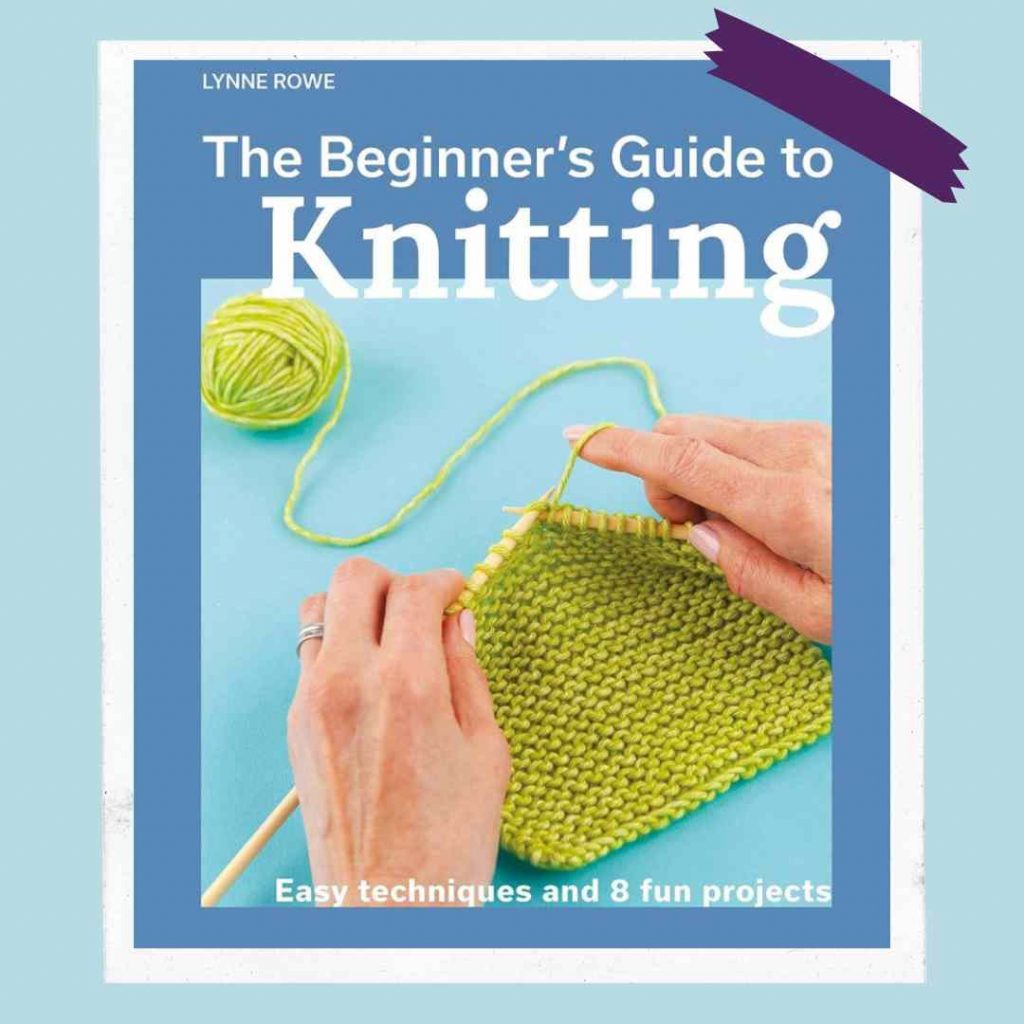
I hope you have great fun trying out different squares in different thicknesses of yarn.
And I hope your squares bring you as much joy as they are bringing me. Sometimes, it's the simple things that are the best!
If you enjoyed learning about how to knit a square, you may also enjoy my knitted pumpkin pattern which is also free. You can find the blog post here
Let's keep in touch!
I'd love to chat more.
Sign up for my newsletter and receive a weekly dose of crafting inspiration, featuring the latest trends, tips, and projects to fuel your creativity.
